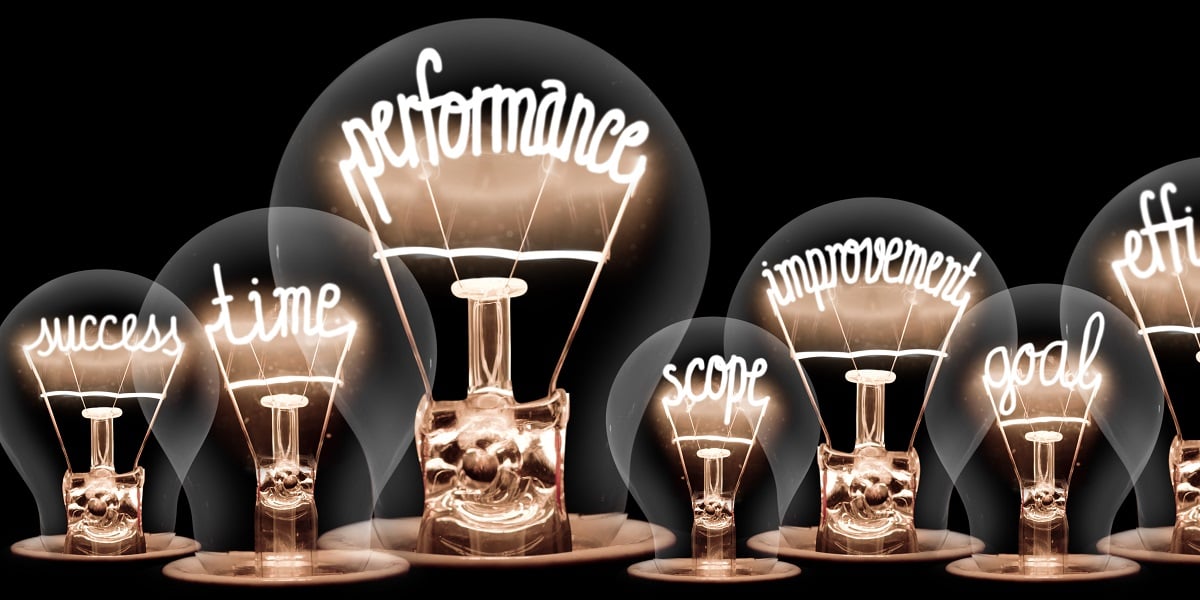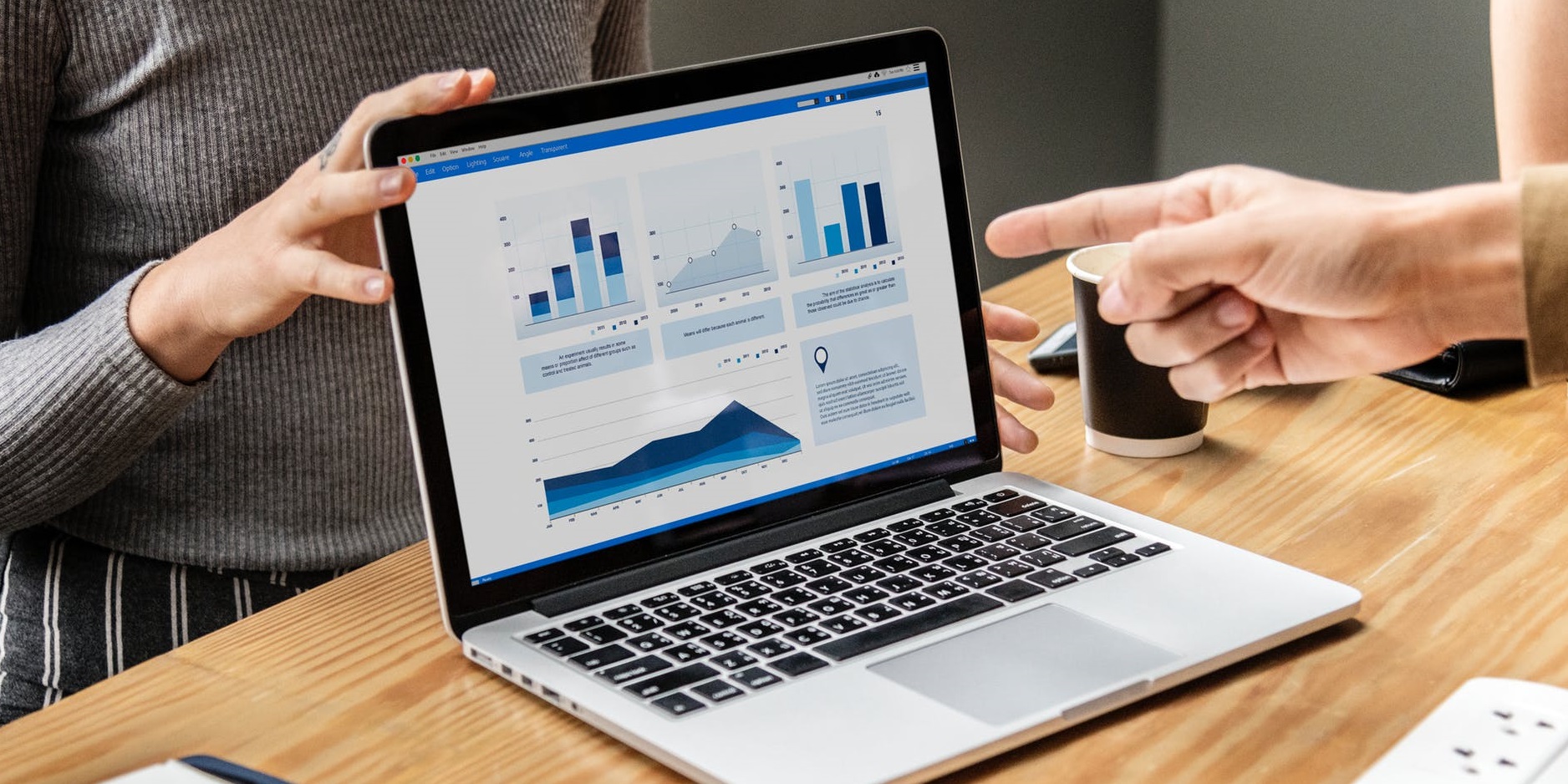Improving productivity is a core challenge for any organisation. By implementing strategies to monitor and manage productivity, employers and managers can more effectively motivate staff and achieve organisational growth goals. Find out how to monitor productivity and manage staff efficiency with this guide from myhrtoolkit.
Tips on how to monitor productivity
With the right processes in place, businesses can take a proactive approach to productivity. Balance employee motivation and progress with the continuous growth of the organisation and staff output. Read the following tips to find out how:
Decide on your goals and KPIs
In order to monitor productivity, you first need to decide what goals you want to achieve. Then you can choose the key performance indicators (KPIs) you will use to measure these goals. For instance, do you want the sales team to increase the number of leads converting into customers from a particular industry? Make this the focus KPI for them. Do you want your marketing team to help decrease customer turnover rate? Measure how turnover increases or decreases month on month.
Communicating these goals and KPIs to your staff can be highly effective. Everyone then has goals to work towards and guide their activities. By having focus KPIs, instead of aiming to improve everything all at once, employees can focus their efforts on the goals you have prioritised as the most financially viable for your business.
Focus on tasks completed, not time spent

Employees who regularly work more than their contracted hours are not necessarily more productive than those who leave on time. In reality, it’s task completion that’s important, not just the amount of time someone spends working (in fact, in some circumstances, presenteeism can be costly to your business).
Everyone works differently; by moving away from time spent on tasks towards a more agile approach that focuses on task completion and results, you can use a metric that is more valuable to your business.
Emphasise documentation and communication
When everyone has a paper trail to refer to, there’s no ambiguity when it comes to task completion and overall employee productivity. This could take the form of managers receiving daily or weekly message updates from team members.
Task and project management platforms such as Trello and Basecamp can also be useful. With a shared platform, you can see what an employee has done and what’s up next on their to-do list. Shared software platforms are also highly useful for teamworking and office efficiency; employees have ownership over their tasks and can alert colleagues when their input is required.
Provide regular appraisals and feedback

The work appraisal is an important tool for discussing an employee’s progress and the overall goals and KPIs they should be striving towards. By pairing these meetings, which focus on long-term goals, with more short-term catchup meetings and feedback, you can keep staff motivated and on track.
You can also use appraisals as a chance to discuss personal development and how employees can work with the business to develop relevant experience and skills to enhance their productivity levels and how they can contribute to organisational growth as a key player.
Learn more: How to develop a performance management plan for your small business
Consider short-term and long-term gains
It’s important to consider what will affect staff productivity long-term as well as in the here and now. Take training, for example. In the short-term, training and learning can have a negative impact on efficiency and productivity. Employees are taking time away from their core tasks. However, the right training can be invaluable for increasing skills and productivity long-term. So, it’s important to weigh up short-term loss versus long-term gain.
Similarly, the short-term productivity gains you may get from cracking down on breaks and distractions may seem appealing. However, an overly authoritarian approach to productivity tracking and staff management can have negative effects on engagement and morale over time. For instance, poor management styles (such as micromanaging or a focus on criticism instead of feedback) can contribute to work-related stress. This, according to the latest statistics from the Health and Safety Executive (HSE), contributes to 57% of all working days lost.
Ultimately, combining quick wins (after considering long-term effects) with a view to the future of your business and how to achieve productivity over time is the best approach.
Key takeaways on how to manage and monitor productivity

- Consider your organisational goals
- Choose key performance indicators (KPIs) that relate to your goals
- Communicate your goals and KPIs used to achieve them to your staff
- Focus on tasks completed, not merely time spent on the job
- Consider an agile, flexible work culture that supports different working styles
- Consider implementing daily or weekly updates on tasks completed
- Project management software can help you monitor and manage tasks and productivity
- Only choose short-term productivity goals (quick wins) that will also be beneficial long-term
- Conduct performance appraisals to discuss goals and KPIs.
- Use catch up meetings with managers and regular feedback to motivate employees.
- Weigh up short-term loss and long-term gain when it comes to activities such as training
Read more from the myhrtoolkit blog

Written by Camille Brouard
Camille is a Senior Marketing Executive for myhrtoolkit who writes on topics including HR technology, workplace culture, leave management, diversity, and mental health at work.


 Holiday Planner
Holiday Planner Absence Management
Absence Management Performance Management
Performance Management Staff Management
Staff Management Document Management
Document Management Reporting
Reporting Health and Safety Management
Health and Safety Management Task Management
Task Management Security Centre
Security Centre Self Service
Self Service Mobile
Mobile




